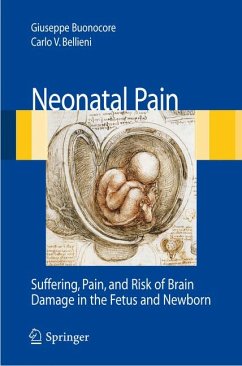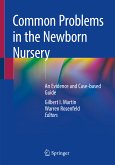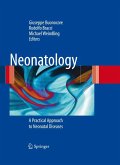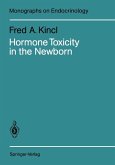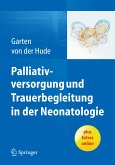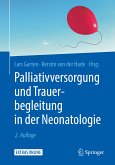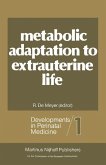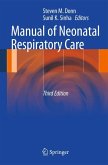This volume aims to give an overview of current knowledge in the field. An international team of specialists has been assembled to evaluate neonatal and fetal pain from various points of view - neurological, pediatric, gynecological, anesthesiological - and with regard to possible consequences of pain (including psychological) for the brain.
This book will be an invaluable resource for neonatologists, pediatricians, anesthesiologists, gynecologists, and other professionals involved in this field, and for postgraduate students in all disciplines.
Dieser Download kann aus rechtlichen Gründen nur mit Rechnungsadresse in A, B, BG, CY, CZ, D, DK, EW, E, FIN, F, GR, HR, H, IRL, I, LT, L, LR, M, NL, PL, P, R, S, SLO, SK ausgeliefert werden.

